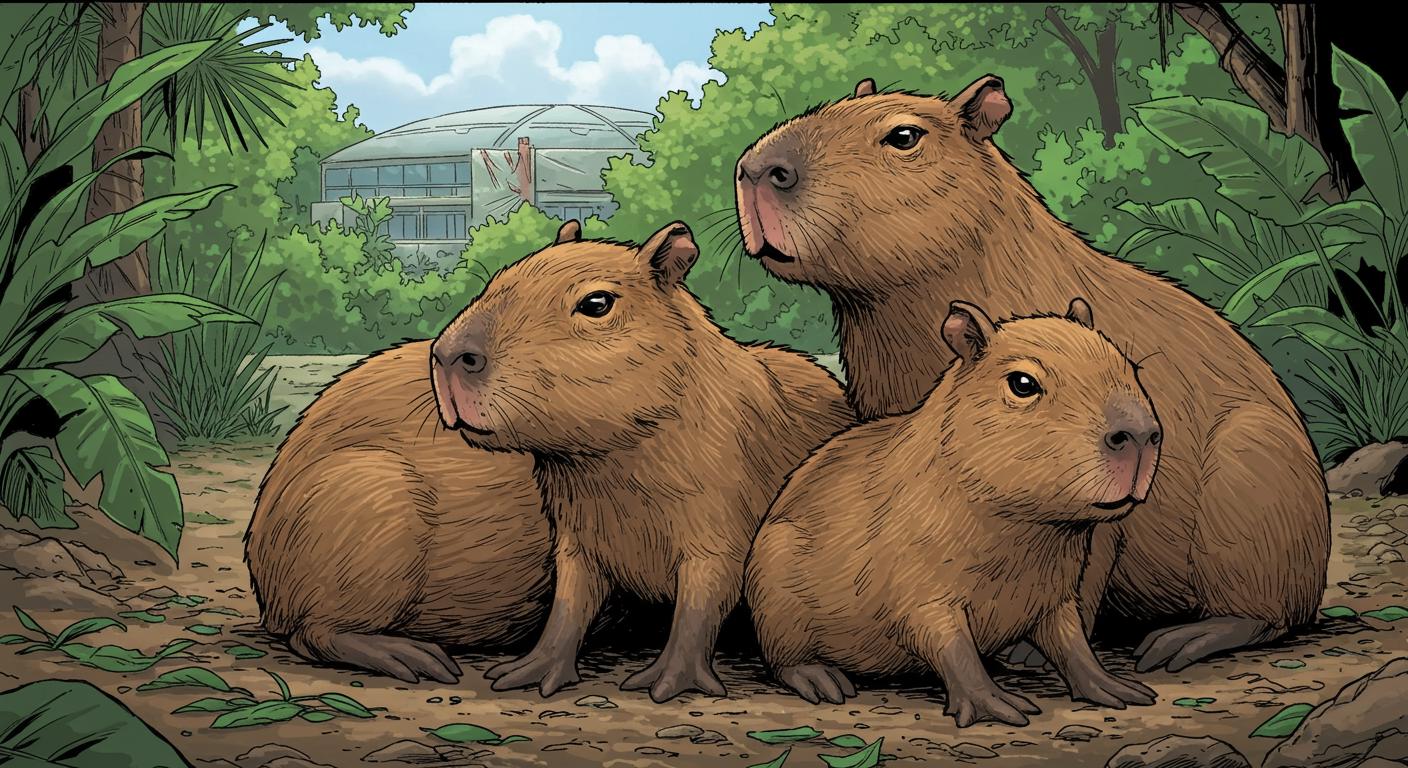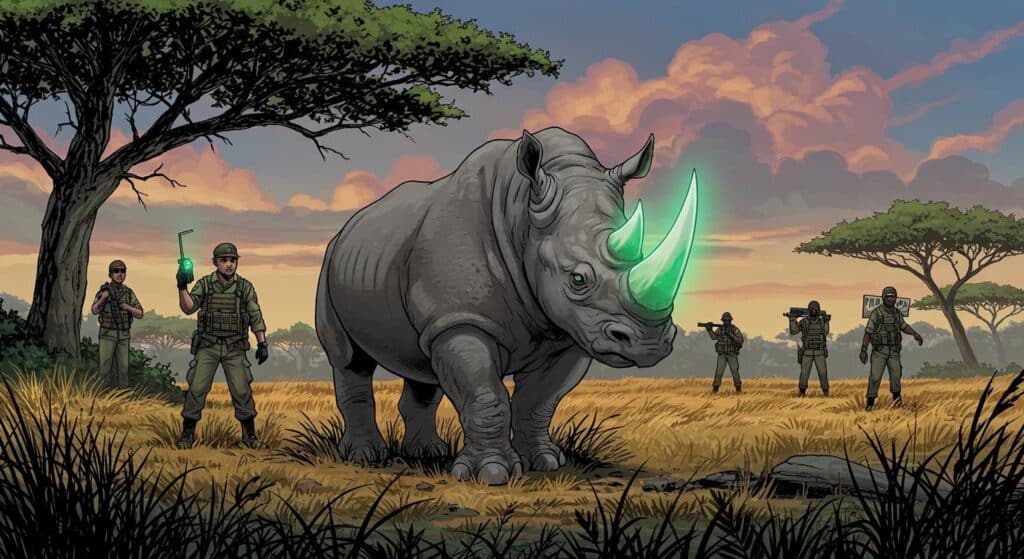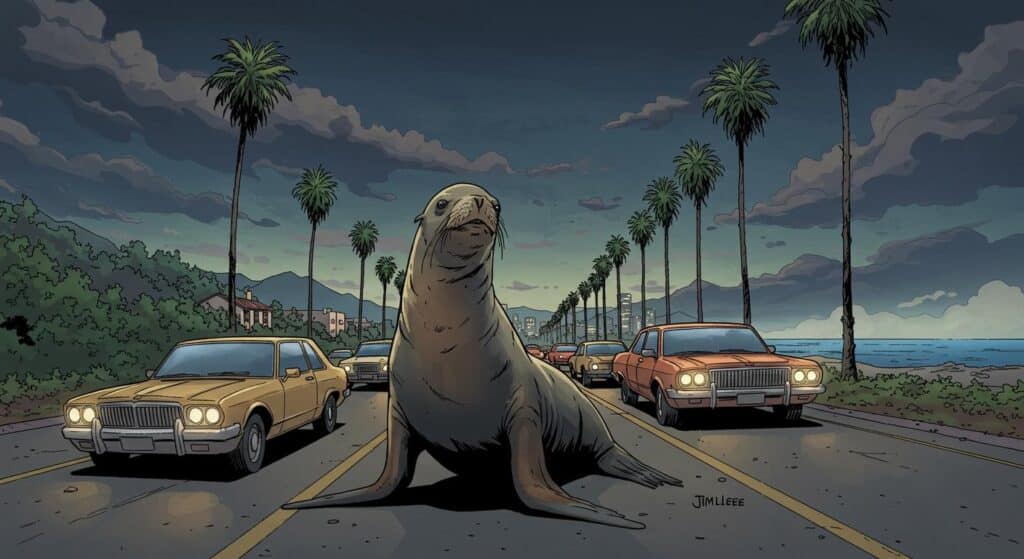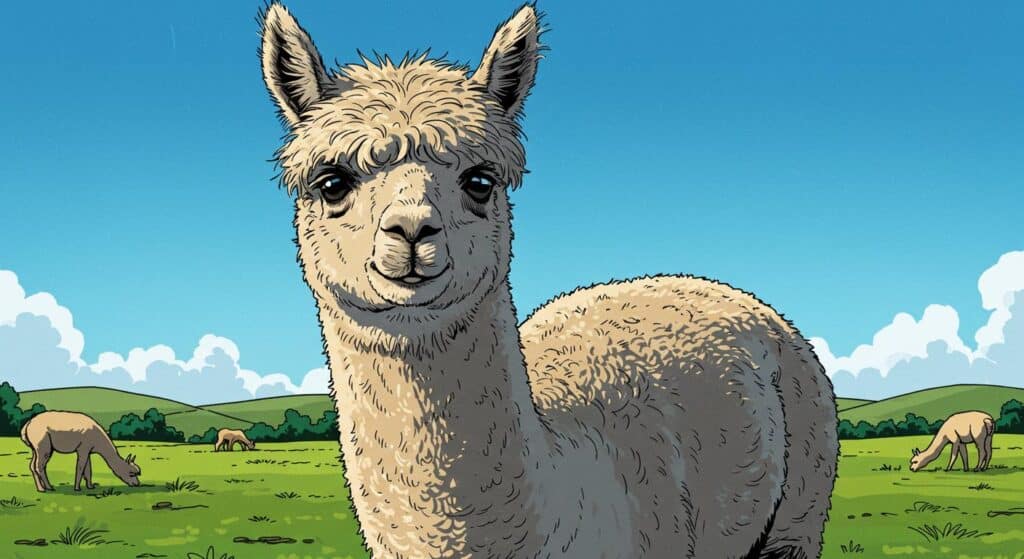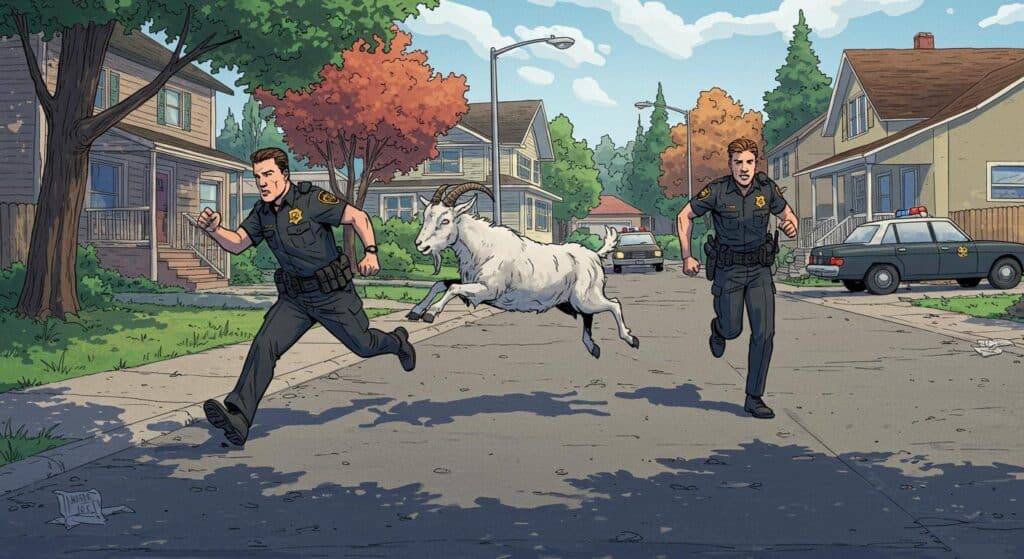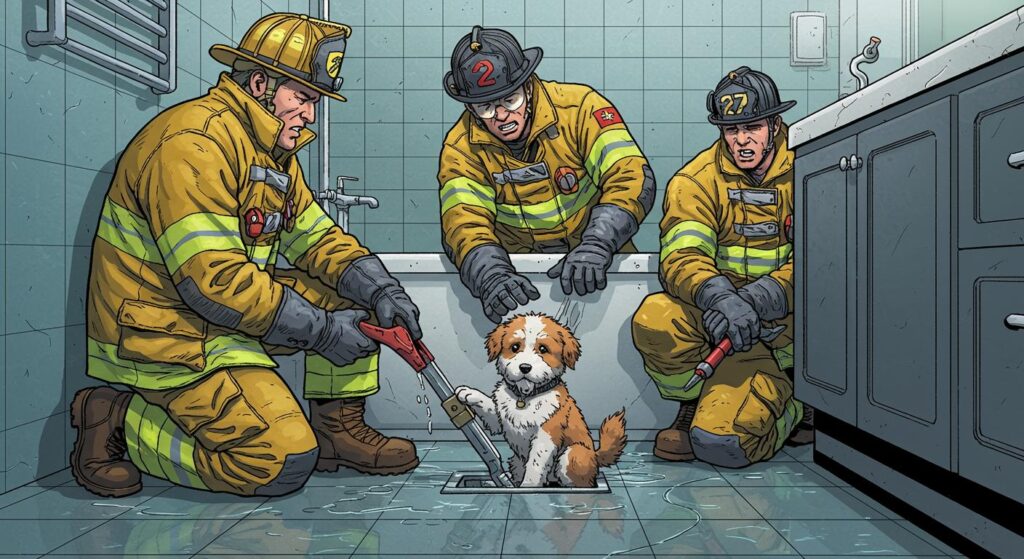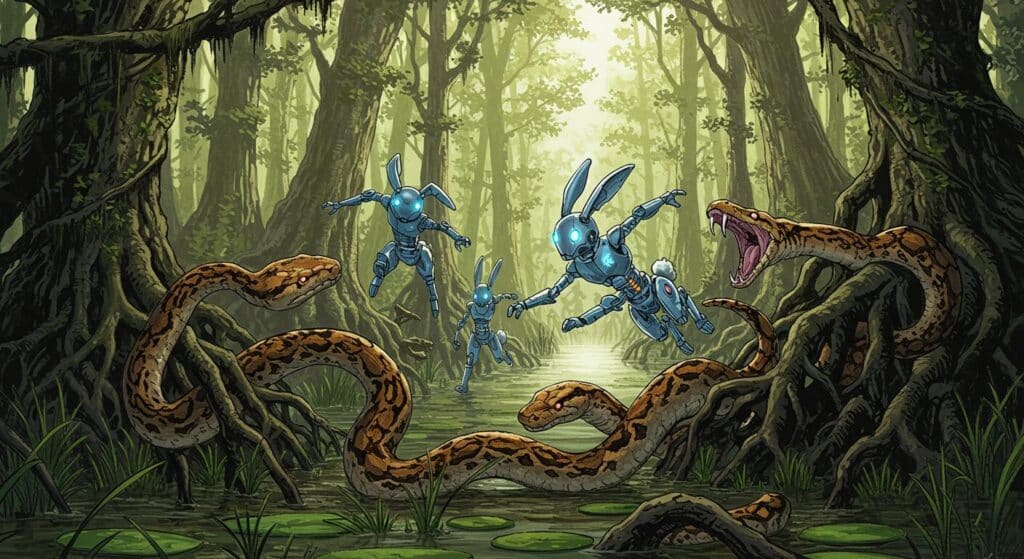Something curious is in the air (and water) down in New Orleans—right alongside the alligators, brass bands, and beignets. In an announcement laced with joy and a touch of capybara-themed wordplay, the Audubon Nature Institute recently introduced three brand new capybara pups to the world. The triple debut, born July 20 to Turkey and Sequoia, made its first public splash thanks to UPI’s delightfully odd news dispatch. In a city famous for surprises, these babies might be the most effortlessly serene ones yet.
Capybara Babies: Born Ready, and Ready to Roam
Let’s start with the basics: capybaras are the world’s largest rodents, native to South America and, at least this week, the undisputed charmers of southern Louisiana. According to details shared by the zoo and highlighted in UPI’s report, these not-so-wee arrivals are “born ready to explore.” If you’re picturing newborns stumbling awkwardly—think again. Capybara pups hit the ground (and occasionally the shallow end of a pond) almost as soon as they arrive, roaming their habitat and sampling vegetation after only a few days. The ability to bypass the usual baby-animal helplessness is impressive, if not a tad enviable. Who couldn’t use a bit more capybara energy in the first week of anything new?
Zoo officials, who must have an unlimited supply of animal puns, mentioned that both parents are “doing great caring for their new arrivals”—apparently, species survival plans (the capybaras are part of the Association of Zoos & Aquariums program) run on teamwork as much as genetics.
Language, Leisure, and a Bird in the Rodent Family
Of particular note in the UPI article are the parents’ names: Turkey and Sequoia. Zoological naming committees often juggle between the thematic, the whimsical, and the plainly arbitrary. Here, we get a little of each—a turkey (not a capybara, not even a rodent), and a sequoia tree (famously unmoving, strikingly tall, and frankly, not native to New Orleans or South America). It’s the sort of playful detail that raises more questions than it answers; are these hidden nods to the animals’ personalities, or simply evidence that naming conventions lose structure after the 20th arrival? Whatever the inspiration, the result is a duo as memorable as any from reality TV, though far less dramatic.
The outlet goes on to point out that this pair is settling into parenthood without fuss. One has to admire the unflappable commitment—if there’s a more Zen example of family adaptation in the animal kingdom, it hasn’t yet trended in the news.
Playing Hide and Seek: Swamp Train Sleuthing Required
But, as anyone hoping for an immediate capybara fix may discover, the newborns aren’t currently filling their own exhibit just yet. Instead, as described by the zoo and noted in UPI’s rundown, the family is tucked away in a behind-the-scenes zone, presumably to encourage early bonding and to avoid being trampled by overstimulated toddlers—human or rodent. Yet for the intrepid, all is not lost. The pups can occasionally be spotted from the Swamp Train ride, a railway experience equal parts practical transit and wildlife safari.
Will visitors catch a precious glimpse, or is the train’s view more swamp than capybara? The element of chance adds a retro flavor to the proceedings. Unlike an ever-present livestream, the allure here depends on timing, luck, and possibly cheering quietly for small hairy blurs just beyond the reeds. Does the effort reward the observer? That’s a question for both capybara enthusiasts and existentialists.
In Summary: Rare Sights, Odd Names, and a Dose of Delight
While the world persists in being frantic, here’s a moment of understated magic: three capybaras, snug in their New Orleans nook, navigating unexpected parenthood under borrowed names. The arrival is small in scale but expansive in charm, quietly reaffirming why zoos—especially ones with mysterious, not-always-immediately-visible animal families—retain their place in the repertoire of “strange but wonderful” day trips.
It does make you wonder—are the best moments at the zoo (or anywhere) the ones that aren’t guaranteed? For now, those taking a ride on the Swamp Train are left with just the right mix of anticipation and absurdity. Keep your eyes open; you never know when a Turkey-and-Sequoia family outing will appear out of the greenery.

